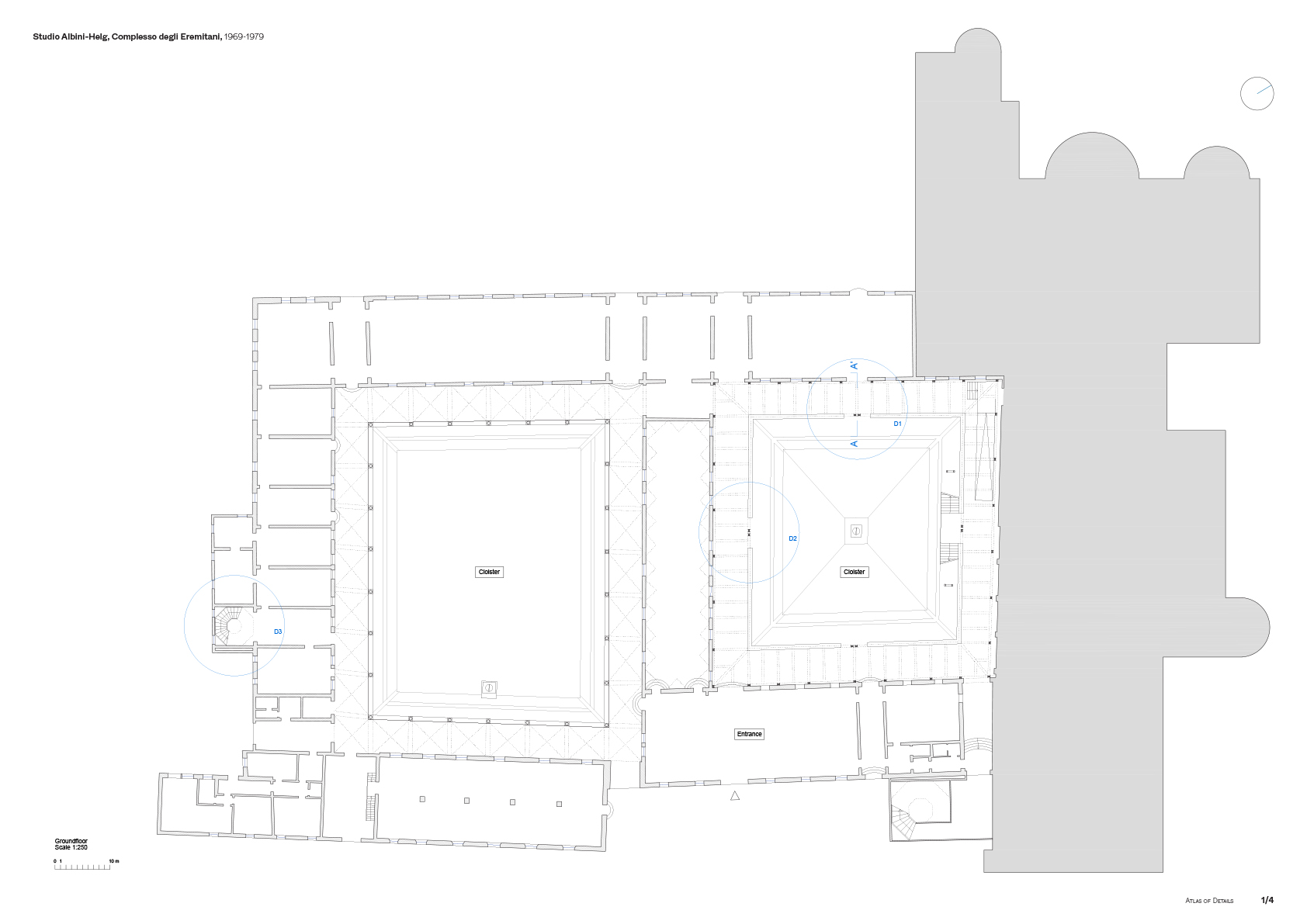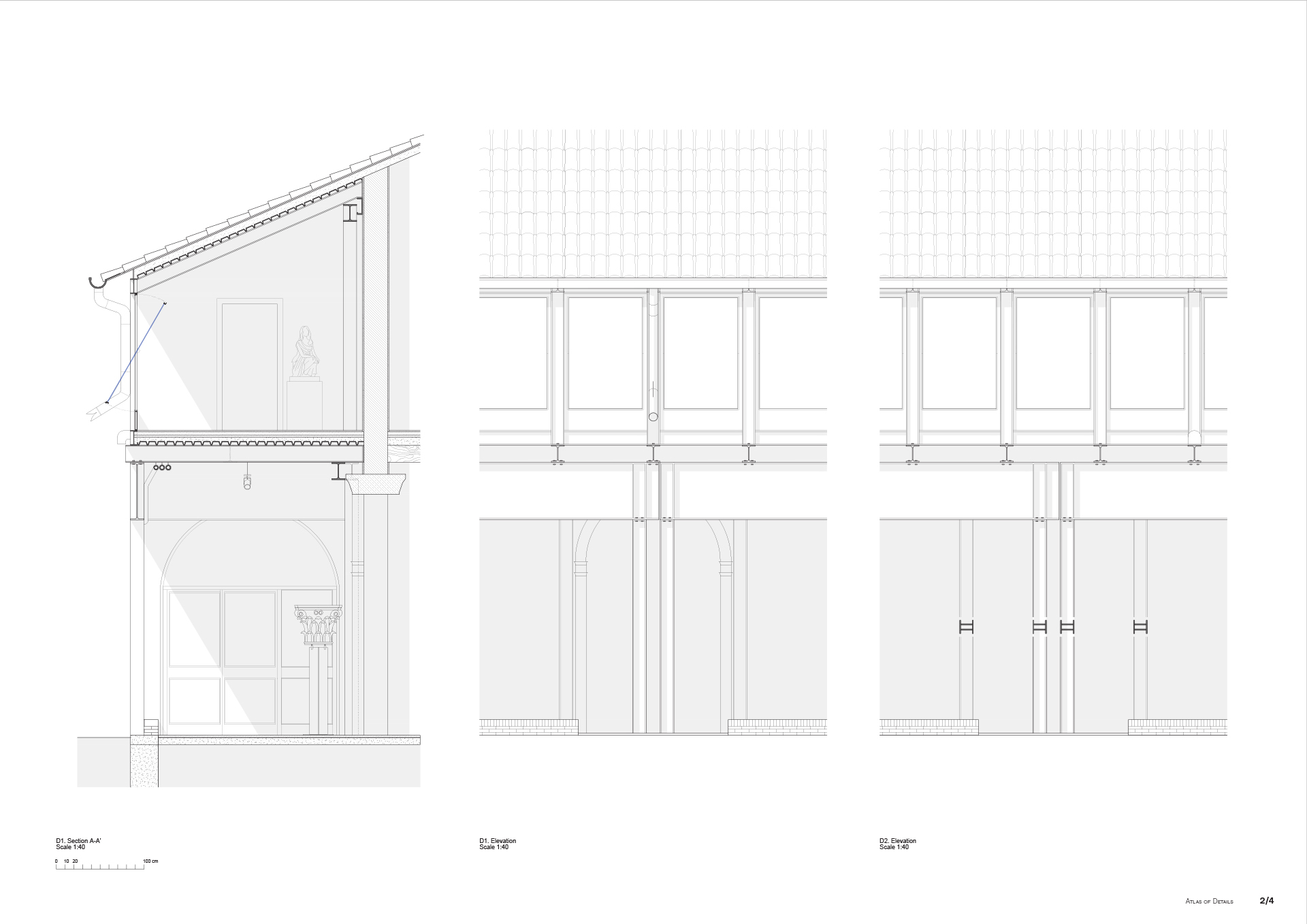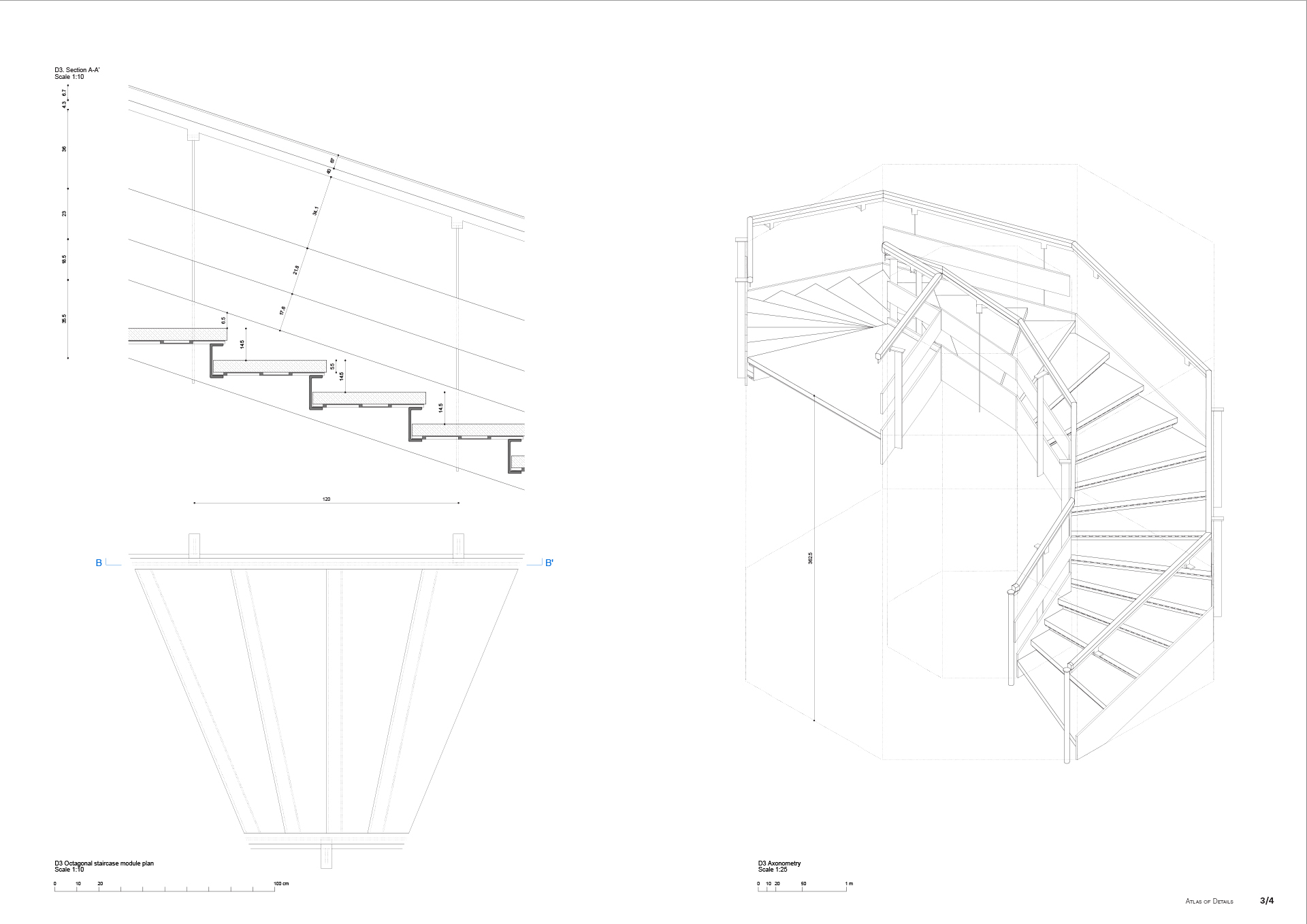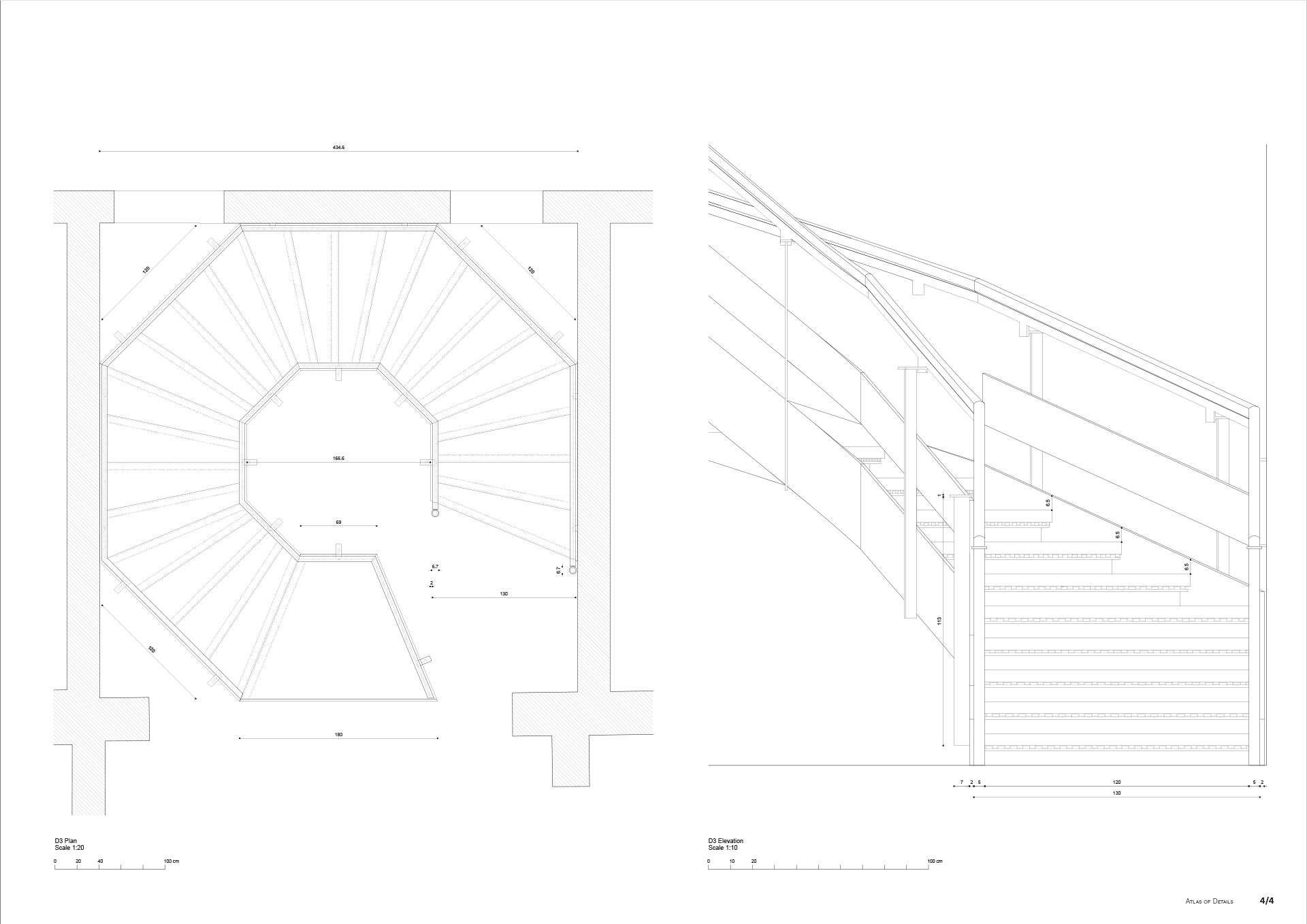Franco Albini, Franca Helg
Il Museo Civico si colloca nel contesto dei piani regolatori atti a costruire una “cittadella della
cultura” nella zona del complesso monumentale degli Eremitani. Fu questa stretta relazione con l’area
fortemente vincolata (per la presenza del complesso e della Cappella degli Scrovegni) una delle principali difficoltà nello sviluppo architettonico del progetto.
L’obiettivo era stato quello di ricucire il tessuto urbano lacerato da gravi bombardamenti bellici, operazione che richiese un paziente lavoro di ricucitura e amorevole ricomposizione dei frammenti, e nel contempo provvedere alla
progettazione delle esposizioni. La progettazione a diverse scale d’intervento vide
partecipi i progettisti Franco Albini, Marco Albini, Franca Helg, Antonio Piva.
L’intervento di forte vocazione conservativa venne riservato al chiostro maggiore, risaltandone i
suoi materiali d’origine. Il chiostro minore venne trattato con materiali contemporanei, che vede
partecipe l’acciaio, utilizzati con logiche compositive di matrice classica.
Read project record
Architect:
Franco Albini (1905-1977)
Name of the building:
Museo Civico degli Eremitani
Site:
Piazza Eremitani, Padova (Italia)
Client:
Padova Municipality
Other actors:
Marco Albini, Franca Helg, Antonio Piva
Design phase:
1969-1974
Start of construction works:
1976
Project steps:
March 1969: first design solutions
June 1969: preliminary project for the Museo Civico, which envisioned preservation works for the main cloister and the construction of new architectures (reconstruction of the secondary cloister, with new shapes and materials, a pinakothek, and an access building located next to the churchyard); the pinakothek project is presented to the Municipal Council and is rejected.
July 1969: the Museo Civico project is presented to the Soprintendenza
November 1969 – January 1970: new solution for the pinakothek
January 1970: new solution for the access building
April 1970: the Municipal Council rejects the pinakothek and access building solutions
November 1970: definitive project for the pinakothek (unbuilt)
April 1971 – May 1974: ulterior variations for the museum access building
1996: the museum access building is demolished and will never be completed.
End of construction works:
1986
Construction system:
Preservation works on the main cloister with traditional techniques; reconstruction of the secondary cloister with a steel frame structure.



